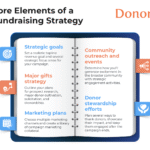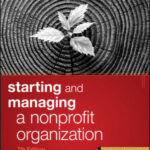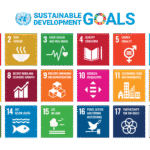Mastering Note-Taking Skills: A Comprehensive Guide for Success
Effective note-taking is an essential skill that can significantly improve your learning and retention. Whether you’re in school, university, or attending a professional course, mastering the art of taking notes can help you stay organized and ensure you understand and remember the material better. In this article, we’ll explore the best note-taking skills to help you boost your productivity and study efficiency.
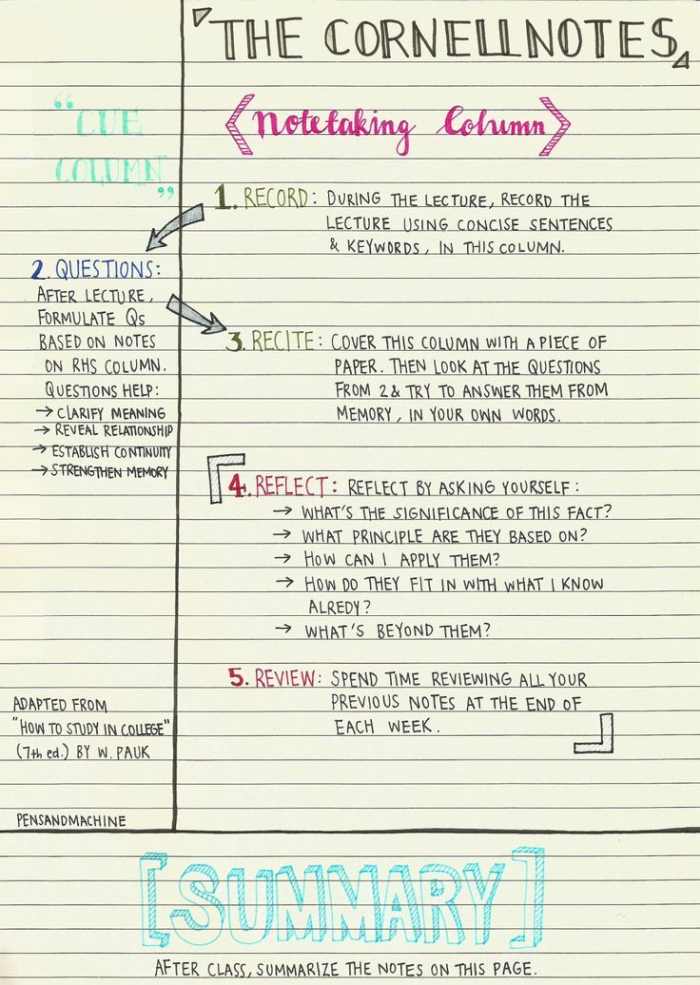
1. Understand the Importance of Good Note-Taking
Taking notes is more than just writing down information. Effective note-taking helps you process and understand the material, which improves retention. It also serves as a valuable reference for revision before exams or meetings.
Why is Note-Taking So Crucial?
-
Boosts comprehension: Writing things down helps reinforce concepts and engage more actively with the material.
-
Improves memory: Studies show that note-taking helps retain information longer by translating it into your own words.
-
Helps with focus: Actively taking notes keeps you engaged and reduces the chance of distractions during lectures or meetings.
Good note-taking can be the difference between a good and a great student. It’s not just about capturing information; it’s about understanding and retaining it effectively.
2. Choose the Right Note-Taking Method
Not all note-taking methods work for everyone. Different subjects or lectures may require different approaches. It’s important to find a method that aligns with your learning style and helps you stay organized.
Popular Note-Taking Methods
-
The Cornell Method
This method involves dividing your page into three sections: a narrow column for key points, a larger section for detailed notes, and a summary section at the bottom. It helps you review and organize your notes efficiently.
-
Mind Mapping
Mind maps visually represent information, connecting ideas and concepts in a web-like structure. This method is especially useful for brainstorming and seeing how ideas are related.
-
Outline Method
This traditional approach uses bullet points or numbered lists to organize main ideas, sub-points, and details. It’s effective for lectures with a clear structure. -
The Charting Method
This method involves creating columns and rows to organize information, making it ideal for subjects that involve comparisons, such as history or biology. -
The Sentence Method
In this method, you write down every new point as a separate sentence. It’s quick and useful for fast-paced lectures, though it can be harder to review later.
3. Use Abbreviations and Symbols
One key to effective note-taking is speed. You don’t have time to write everything down word-for-word. By using abbreviations and symbols, you can capture the most important points more quickly and still understand the material later.
Common Abbreviations to Use
-
w/ = with
-
b/c = because
-
ex. = example
-
e.g. = for example
-
& = and
Incorporating these simple abbreviations into your notes will help you keep up with fast-paced lectures without missing key information.
4. Stay Organized with Color Coding
Color coding is a powerful tool for organizing your notes visually. It can help you categorize information, highlight important points, and make your notes more visually appealing and easier to review.
How to Use Color Coding Effectively
-
Highlight key concepts: Use one color for definitions, another for examples, and a different one for important dates or formulas.
-
Use colors for categories: For instance, use one color for lecture notes, another for homework, and a third for assignments or exams.
-
Consistency: Keep your color coding consistent across different subjects or courses to make your notes more organized.
With color coding, your notes will be visually engaging and more effective for revision.
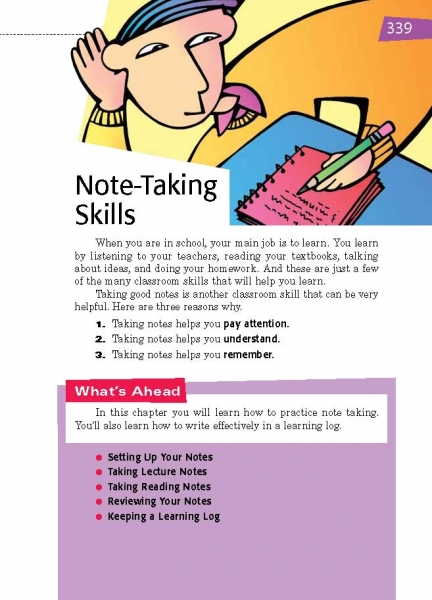
5. Review and Revise Your Notes Regularly
Writing notes is only part of the process. Reviewing them regularly is just as important for retaining the material. Set aside time after each lecture or study session to go over your notes and consolidate your understanding.
Tips for Effective Note Review
-
Review immediately after class: Spend 10-15 minutes after each lecture reviewing and filling in any gaps in your notes while the material is still fresh in your mind.
-
Summarize your notes: Try summarizing each page or section in a few sentences. This helps reinforce the main ideas.
-
Use flashcards: Create flashcards from your notes to quiz yourself and enhance retention.
Regular review of your notes helps reinforce your learning and ensures that the material stays fresh in your mind.
6. Digital Note-Taking: Pros and Cons
In today’s digital age, many people prefer taking notes on their computers or tablets. Digital note-taking offers several advantages, but it also comes with some drawbacks.
Benefits of Digital Note-Taking
-
Easy to organize: Digital notes can be easily sorted, tagged, and searched, making it quicker to find information when you need it.
-
Synchronization: You can sync your notes across devices, ensuring that you always have access to your study material.
-
Incorporate multimedia: You can add images, audio, and even video to your notes, making them more engaging and comprehensive.
Drawbacks of Digital Note-Taking
-
Distractions: It’s easier to get distracted when using digital devices, especially with social media and notifications tempting you away from your work.
-
Dependence on technology: If your device crashes or the battery dies, you might lose your notes if they aren’t properly backed up.
When choosing between digital and paper notes, weigh the pros and cons to decide what works best for you.
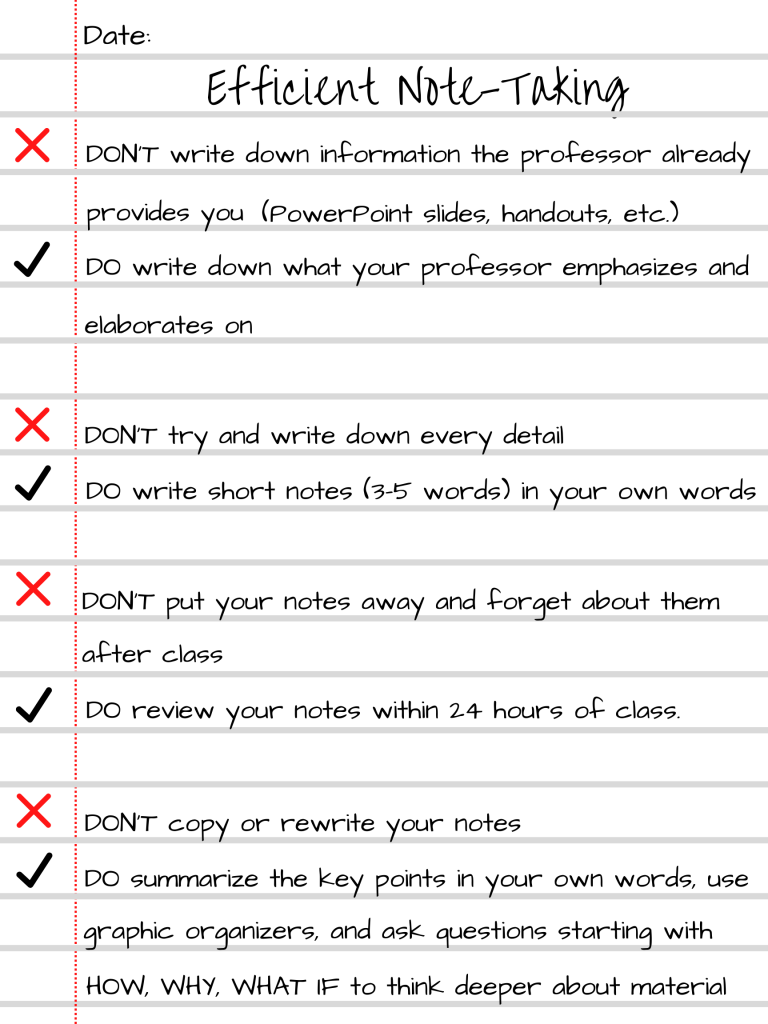
7. Focus on Active Listening
Good note-taking starts with active listening. Paying attention and being engaged during lectures or meetings is crucial for capturing the right information.
How to Improve Your Listening Skills
-
Be present: Avoid distractions and focus on the speaker. Take notes based on key points, not everything they say.
-
Ask questions: If you don’t understand something, ask for clarification during or after the lecture.
-
Summarize: After a lecture, try to summarize what you learned in your own words. This helps reinforce the material and highlight areas that need further review.
Active listening ensures you capture the most important information during lectures, allowing you to take better notes.
8. Keep Your Notes Neat and Legible
Legibility is crucial for effective note-taking. Your notes should be clear and easy to read so that you can understand them when you need to revise.
Tips for Neat and Clear Notes
-
Write legibly: Ensure your handwriting is clear and readable, especially when writing quickly.
-
Use bullet points and headings: This helps break the material into digestible pieces and makes it easier to scan through later.
-
Keep it tidy: Avoid overcrowding your pages with too much information. Use space wisely to make your notes visually appealing and easy to follow.
Neat and organized notes make studying and revision far easier, saving you time when you need to review.
FAQs About Note-Taking
1. What is the best method for taking notes?
The best method depends on your learning style. If you prefer structure, the Cornell method may work best. For visual learners, mind mapping is a great option. Experiment with different methods to see which one suits you.
2. Should I take notes by hand or digitally?
Both methods have their pros and cons. Handwritten notes can improve memory retention, while digital notes are easier to organize and search. Choose what works best for you based on your needs and preferences.
3. How can I stay focused while taking notes?
To stay focused, minimize distractions, practice active listening, and try to engage with the material by asking questions or making connections.
4. How often should I review my notes?
Review your notes within 24 hours of taking them, and then regularly (e.g., weekly) as part of your study routine. Regular revision helps improve retention and comprehension.
5. Can I use abbreviations in my notes?
Yes! Using abbreviations and symbols can speed up note-taking. Just make sure they are understandable to you when reviewing your notes.
Conclusion
Mastering note-taking skills is a powerful tool for academic and professional success. By choosing the right method, staying organized, using active listening techniques, and reviewing your notes regularly, you’ll be able to study smarter, not harder. Whether you prefer digital or handwritten notes, effective note-taking is all about finding a system that works for you and sticking with it. Start implementing these strategies today and watch your productivity and retention improve dramatically.


